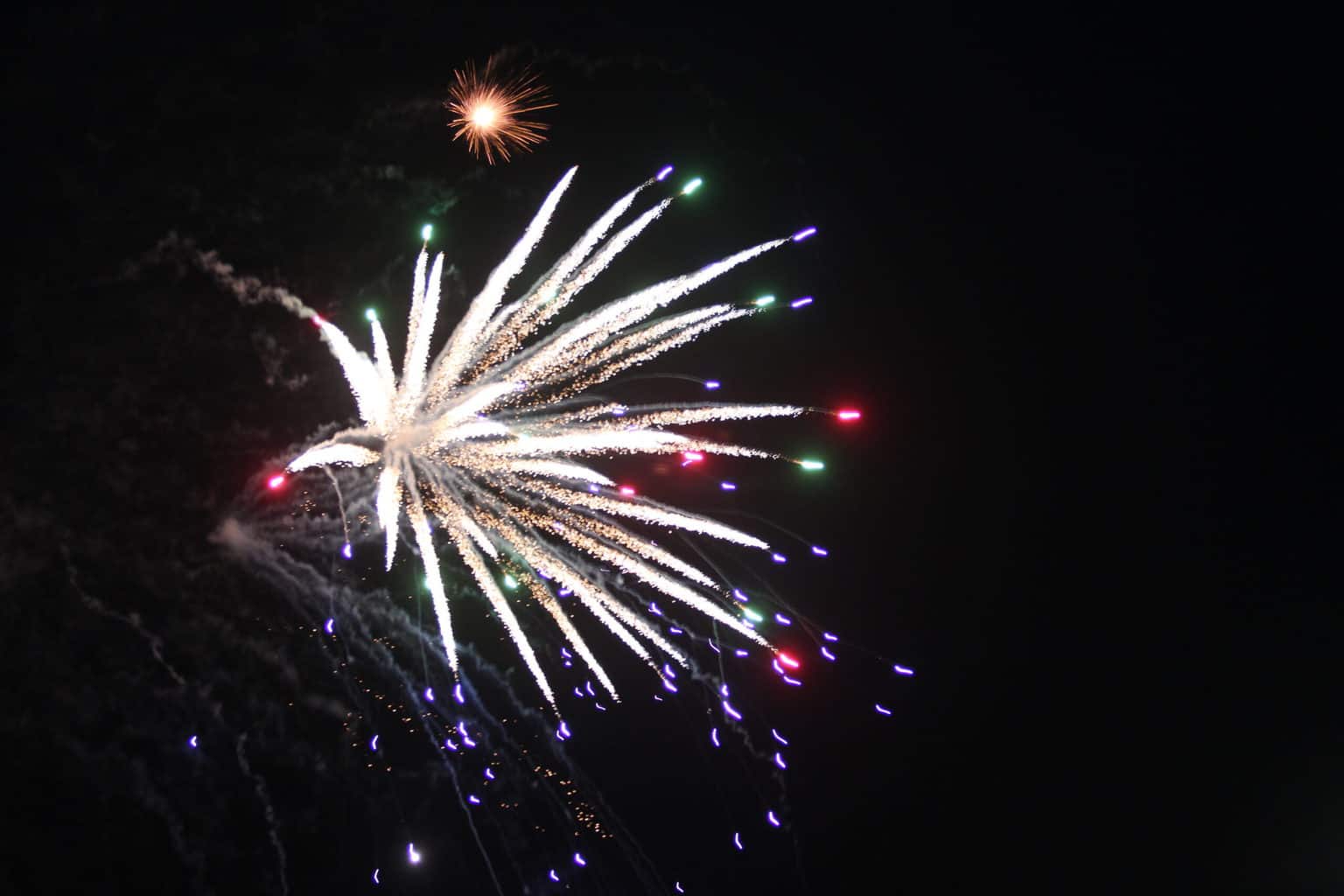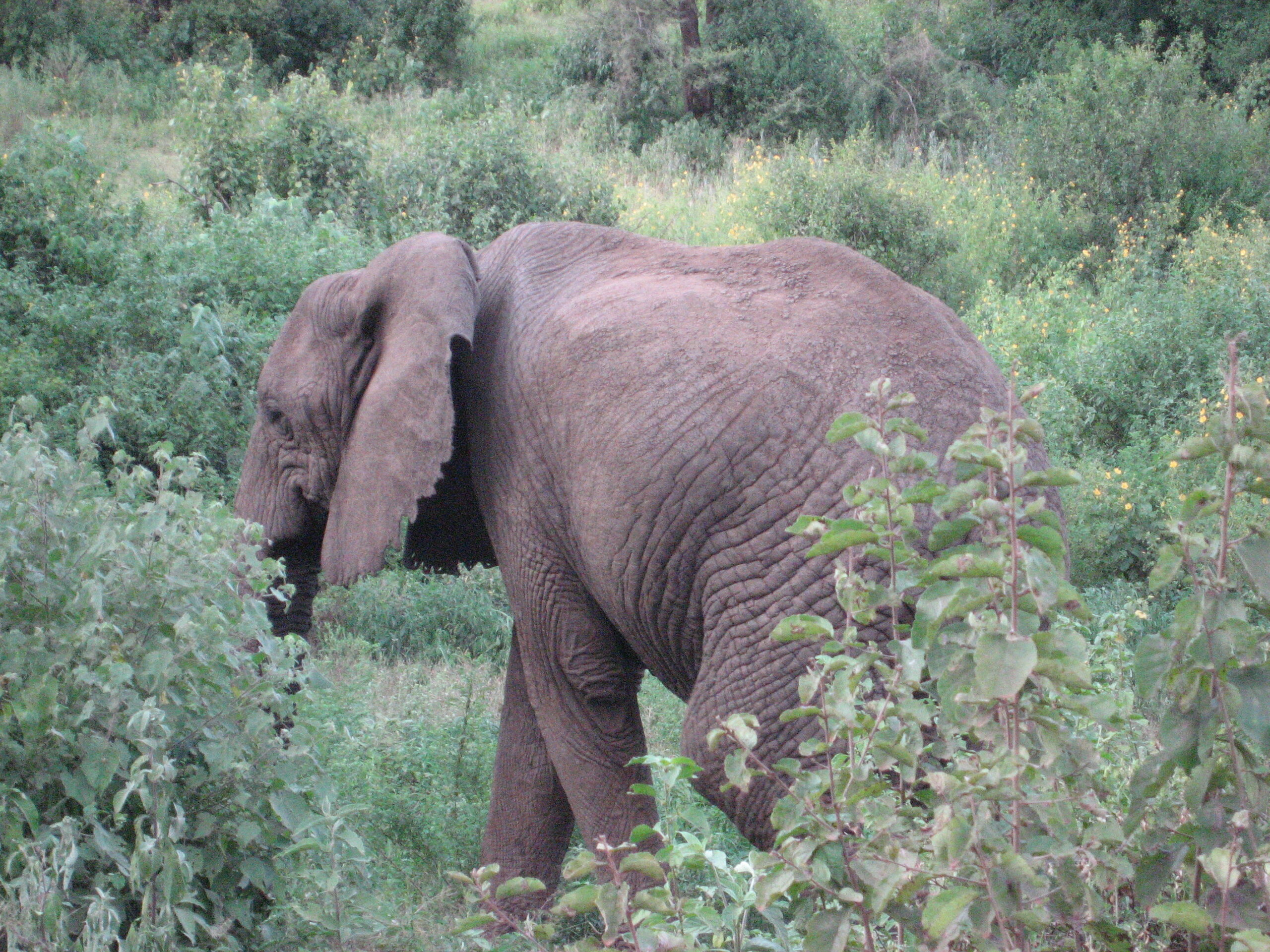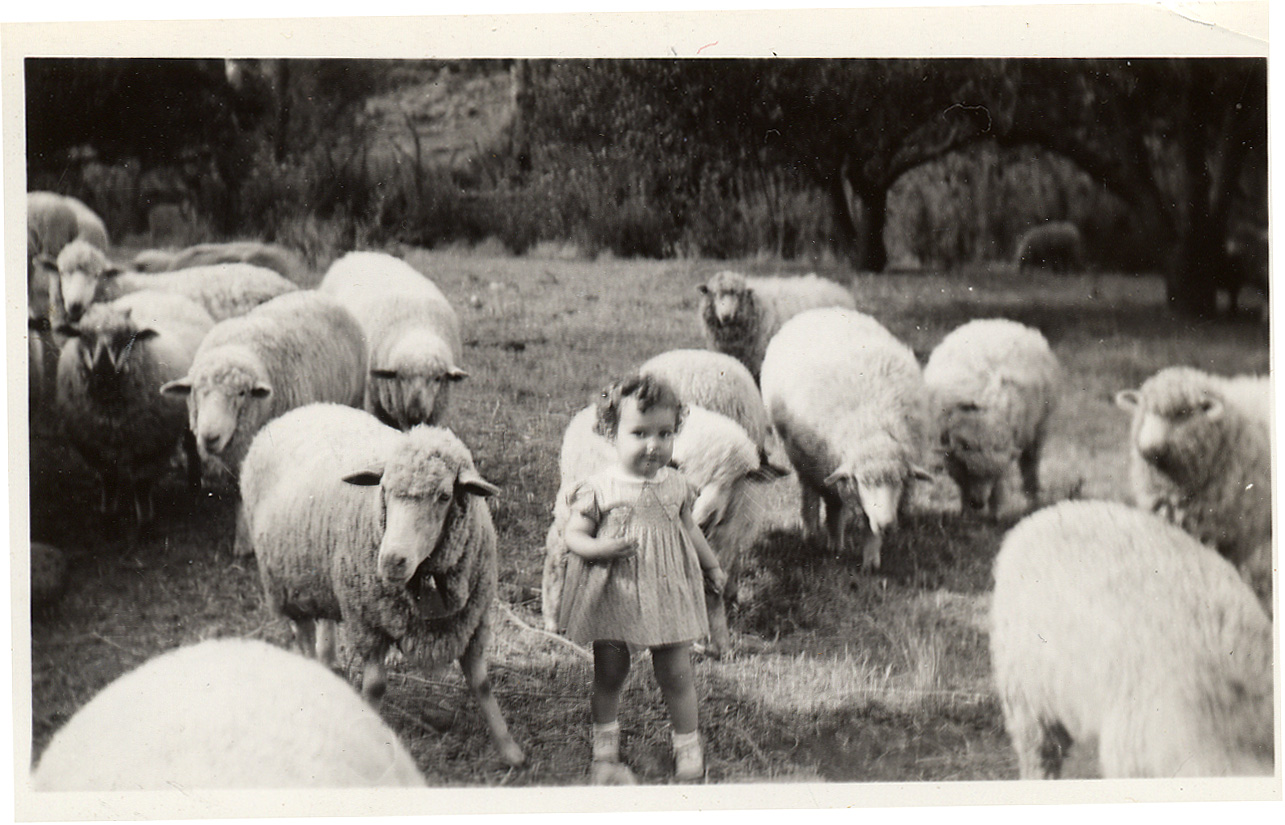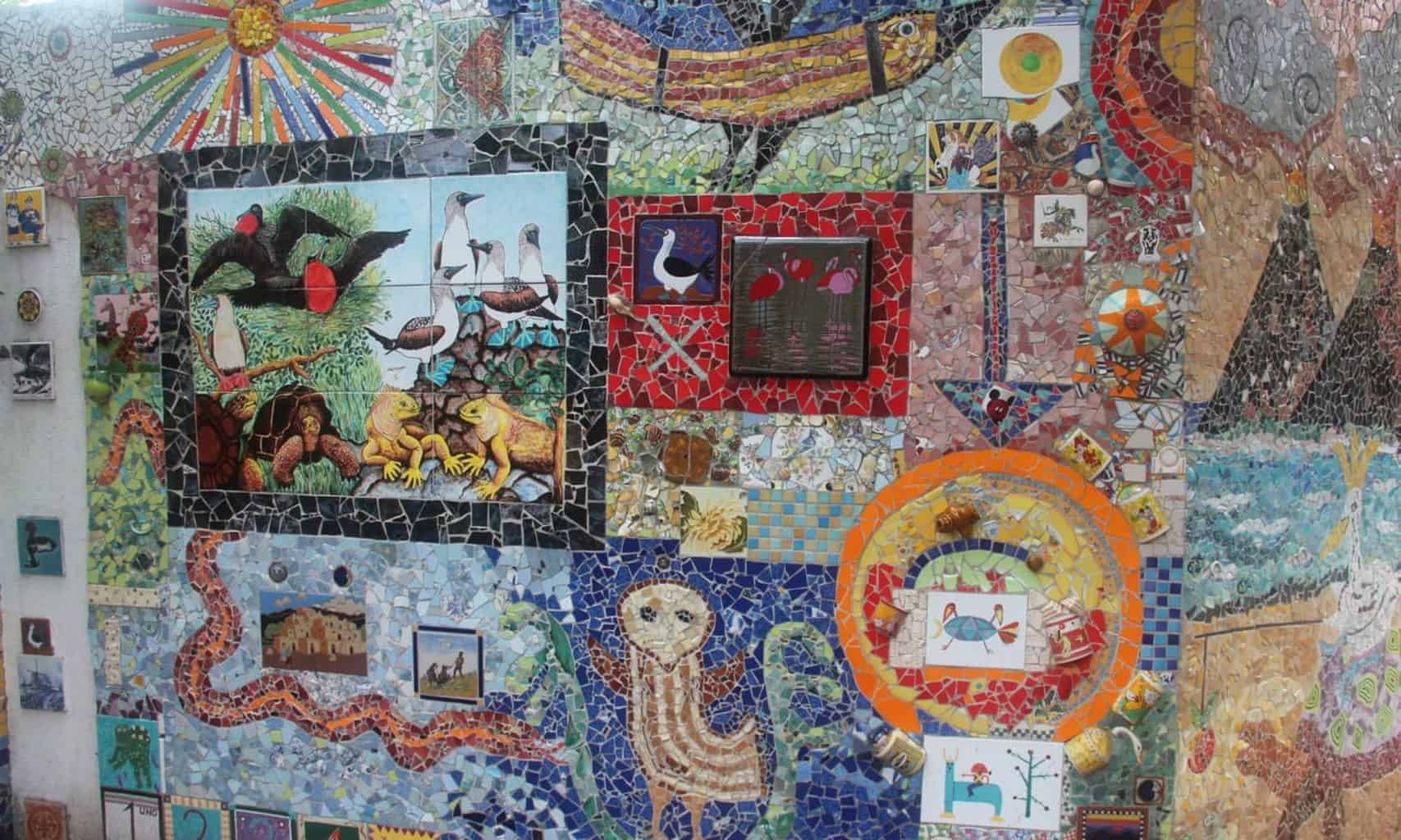Susan Alcorn’s Backpacking & Hiking Tales & Tips, #274, July, 2022. Happy Fourth!

Contents:
1. Bed compartments for Economy Class?
2. 10 Best Day hikes in New Zealand
3. Getting Rid of Toxic PFAS in Outdoor Wear
4. Post Offices along the Camino Frances
5. American Long Distance Hiking Association’s (ALDHA-West) Gathering
6. You will probably never need this—but…foil footprint
7. Travel for Good: Volunteer in South Africa
8. Avoiding Poison Oak
9. REI Adventure Centers
10.What is Felt?
Articles:
#1. Air New Zealand to install bunk beds?
“Air New Zealand to install ‘Skynest’ bunk bed compartments for economy, premium economy passengers from 2024.” Will it really happen? Would a 4-hour rest period be worth it? What about passengers with physical challenges? Will other airlines join in? Many questions, but an interesting direction. Read the piece here.
#2. Best one-day hikes in New Zealand:
10 of the greatest walks you can do in a day. New destination for many of us with new thrills (when COVID restrictions allow). Three of the hikes are tied for best of the best: Tongariro Alpine Crossing, Pouakai Crossing, and Avalanche Peak. Avalanche is described “as close as you’ll get to mountaineering without the rope and crampons.” New Zealand link. Andrew Bain
#3. Getting rid of Toxic PFAS in Outdoor Wear.
According to NRDA (National Resource Defense Council), several leading U.S. clothing brands are working to get toxic chemicals out of our clothing. Leading the way are efforts by Patagonia, American Eagle, and Ralph Loren. The products of concern, PFAS, “have been linked to serious health risks from cancer to kidney disease” and are often found in outdoor wear—especially items resistant to water and stains. (See nrdc.org/pfas for more info).
#4. Camino de Santiago: Post offices (correos) along the Camino Frances.
Contributor Terry Sweetland sent, “To address mail to yourself put your surname first, in capitals. When you go to collect mail, take your passport as ID; and to be sure, ask them to check under your first name as well as your surname. Here’s a list of places along the Camino Francés, with postal codes, two or three days apart:
Lista de Correos
31080 Pamplona (Navarra)
31100 Puenta la Reina (Navarra)
26080 Logroño (Navarra)
09080 Burgos
24080 León
24700 Astorga (León)
24400 Ponferrada (León)
27600 Sarria (Lugo)
15780 Santiago de Compostela (A Coruña)
Example:
SMITH, John (Pilgrim)
Lisa de Correos
31080
Pamplona
Navarra
Spain”
#5. American Long Distance Hiking Association’s (ALDHA-West) gathering: A save-the-date.
The Gathering 2022: Sept 23-25. Keystone, CO. This friendly and informative hiking organization also is calling for “number-type-people!” They are looking for a new treasurer at the Gathering and seek nominations. “Peaches has done an amazing job of setting our systems up for ease of use so if you’re curious but hesitant, reach out for more information.” Contact: treasurer@aldhawest.org for more info. aldhawest.org
#6. “You will probably never need this, but…”
I loved this headline and thought the advice well worth repeating—even if you never need to use it! Derek Koonce, trailname “Two Dogs” writes, “Through my many classes with Hug-A-Tree, [I learned that] a great way to leave a bootprint is use aluminum foil. Place a sheet on top of a few towels. Step carefully onto the aluminum foil. Roll around with the soles to get a good imprint. Carefully step off. There is now a nice set of prints. Mark with your name, if more than one person. Place in vehicle.” (used with permission).
#7. “Travel for Good Conservation Experience” with Wild Tomorrow Fund.
I was recently at a travel adventure show and picked up a leaflet from Wild Tomorrow Fund. The organization seeks people to join them in South Africa to help with conservation of various animals: elephants, rhinos, lions, leopards, hyenas, and others that are in trouble. Projects can be efforts to help save wildlife or to help save habitat. Earlier projects with animals have involved such jobs as rhinos dehorning (so the animals will not be killed for their horns) and GPS/Radio collaring of animals, and helping at the rhino orphanage. Habitat projects could include reforestation of plant life or removing invasive plants. The upcoming 2-week trips are priced at $3,950 ($2,000 tax-deductible in the U.S.)
I can’t vouch for them because they are new to me, but it sounds like a wonderful opportunity and if you are interested in their program, you can look into it. tori@wildtomorrowfund.org or call 1-917-962-3922. Reviews at Great NonProfits Link here.
 Susan Alcorn ©0169
Susan Alcorn ©0169
#8. Poison Oak.
Poison Oak is a native plant that is important to wildlife, but not friendly to humans. Its toxic resin, urushiol, can cause severe rash and itching. As a preventative measure to avoid the rash, “Many veteran hikers ditch their clothes directly into the washing machine when they get home, then take a nice hot shower, a sound policy.” But, as the Mount Diablo Review (Summer/Fall 2021) points out, more casual hikers may forget that their boots may have lots of urushiol on them, lying in wait for the next time they put them on.
Because urushiol can last for months (even years), “when you get home, spray a little rubbing alcohol on your boots, including the soles, and let them air dry. Rubbing alcohol is a fast-acting solvent “rendering the urushiol harmless.” Writer Staci Hobbet, of the Mount Diablo Interpretive Association, says that many on the mountain carry alcohol swabs just in case they accidentally brush against the poison oak.
#9. REI Adventure Centers:
There are now three Adventure Centers in the greater Bay Area: Saratoga, Sacramento, and the newest, Richmond. Many of the classes and rentals will take places at the centers rather than the box stores. Link here
 ;
;
#10. What is Felt?
Felt is a woolen fabric that is neither woven nor knitted. “When wool gets wet, the microscopic scales on individual hairs open, and with agitation, the scales interlock with other individual hairs, and interlock. This ancient process of felting is still used to make many useful products, from tents to jackets, hats, and shoes.” (Activity Guide, East Bay Regional Park District. July/August 2022).
_____
Thank you everyone. Stay well, keep hiking when prudent. I encourage you to send in items of interest to the hiking community to me at backpack45 “at sign” yahoo.com
Susan ‘backpack45’ Alcorn
Shepherd Canyon Books, Oakland, CA
susandalcorn.com
backpack45.com
Author of Walk, Hike, Saunter: Seasoned Women Share Tales and Trails; Healing Miles: Gifts from the Caminos Norte and Primitivo; Patagonia Chronicle: On Foot in Torres del Paine; We’re in the Mountains Not over the Hill: Tales and Tips from Seasoned Women Backpackers; and Camino Chronicle: Walking to Santiago.
Please note: Hiking and backpacking can be risky endeavors. Always be prepared for emergencies and carry food, water, shelter (warm clothing, etc.), flashlight/headlamp, matches, first aid supplies, and maps. Cell phones don’t always work. Leave word where you are traveling and when you are due back.
